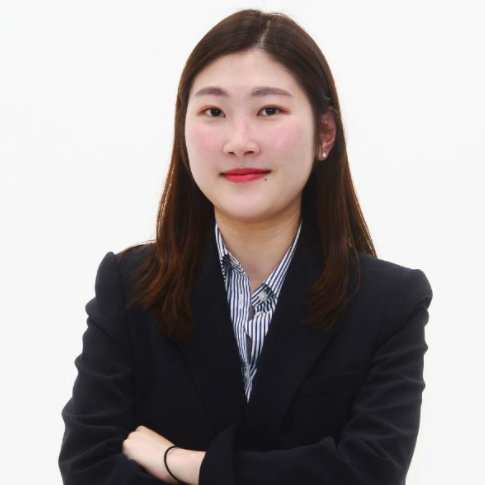Korean teachers handling larger classes, but starting pay lags behind OECD average
By Park Jun-heePublished : Sept. 10, 2024 - 18:02

South Korean teachers handle larger classes, but earn less compared with several of their counterparts in other members of the Organization for Economic Cooperation and Development, the Education Ministry said Tuesday.
According to the latest edition of a government report analyzing the OECD's annual "Education at a Glance," the number of students per teacher in South Korea stood at 15.8 in elementary schools and 13.1 in middle schools, respectively, in 2022, which was higher than the OECD averages. The report was jointly analyzed and released by the Education Ministry and the Korean Educational Development Institute.
The OECD averages were 14 students per teacher for elementary schools and 12.8 for middle schools for the corresponding year. However, the figure for high schools stood at 10.5 for Korean teachers, which was below the OECD average of 12.7.
The annual "Education at a Glance" report looks into data on the state of education systems across the globe. Forty-nine countries -- 38 OECD members and 11 nonmember countries -- participated in this year's report. Each country's educational performance data was collected between the beginning of 2021 and end-2023.
Korean elementary and middle schools had an average of 22 and 26 students in a single class in 2022, respectively. The figures were lower than the corresponding figures of 23 and 26.1 in 2021, but still higher than the OECD average of 20.6 for an elementary school class and 22.8 for a middle school class, according to the data.
"Korea shows one of the largest variations in the sizes of primary schools across the OECD. The largest 5 percent of primary schools in Korea had 197 or more students per grade and are among the largest in the OECD," Andreas Schleicher, director for education and skills for the OECD, told reporters during Monday's closed-door briefing held via videoconference.
Despite larger class sizes, South Korean entry-level public school teachers earned an average annual salary of $36,639 in 2023, far below than the OECD average of $42,060 for elementary school teachers. However, educators in Korea who had taught for at least 15 years earned $64,699, which was above the OECD average of $56,753.
The salaries were converted using the gross domestic product, purchasing power parity and exchange rate data from the OECD National Accounts database, the ministry explained.
"Korea is one of only six OECD countries where lower secondary teachers, after 15 years in the profession, are paid better than other workers with similar educational attainment," Schleicher pointed out.
Korea had the highest percentage of people aged 25-34 who had completed higher or tertiary education with 69.7 percent in 2023. The rate for those aged 25-64 averaged 54.5 percent, which was also above the OECD average of 40.7 percent.
The percentage of those who graduated from higher education institutions, such as vocational colleges and universities, who were actually employed, however, remained below the OECD averages of 81.9 percent and 86 percent for the two groups in 2022. Of Korea's vocational college and university grads, 78.2 percent and 79.7 percent of those were in work, respectively.
In terms of education expenses, Korean students here spent $15,858 on average in 2021, $1,649 more than the OECD average. The data showed that elementary students spent $14,873, while middle and high school students spent $19,299 and $13,573, respectively, on average. The OECD figures for the three groups were $11,902, $13,324 and $20,499, respectively.
This year's full "Education at a Glance" report will be available later this month on the OECD website.





![[Herald Interview] How Gopizza got big in India](http://res.heraldm.com/phpwas/restmb_idxmake.php?idx=644&simg=/content/image/2024/11/20/20241120050057_0.jpg&u=20241120164556)

![[KH Explains] Dissecting Hyundai Motor's lobbying in US](http://res.heraldm.com/phpwas/restmb_idxmake.php?idx=644&simg=/content/image/2024/11/20/20241120050034_0.jpg&u=)

![[Kim Seong-kon] Farewell to the vanishing John Wayne era](http://res.heraldm.com/phpwas/restmb_idxmake.php?idx=644&simg=/content/image/2024/11/19/20241119050096_0.jpg&u=)
![[Graphic News] 70% of S. Koreans believe couples can live together without tying the knot: survey](http://res.heraldm.com/phpwas/restmb_idxmake.php?idx=644&simg=/content/image/2024/11/19/20241119050098_0.gif&u=)







![[Today’s K-pop] Blackpink’s Jennie, Lisa invited to Coachella as solo acts](http://res.heraldm.com/phpwas/restmb_idxmake.php?idx=642&simg=/content/image/2024/11/21/20241121050099_0.jpg&u=20241121172748)